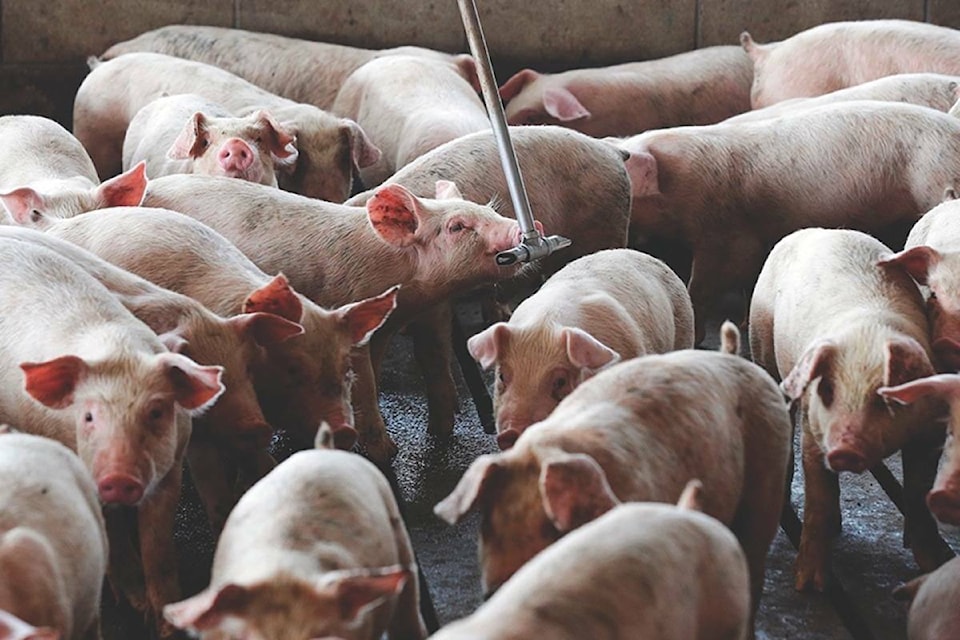As we read about African Swine Fever on the rise in other countries, such as those in mainland Europe and the Caribbean, we can’t help but remember the devastating impact that mad cow disease had on the Canadian beef industry and Alberta’s economy. It also seems that the industry is still recovering from this damaging event these many years later. Yet, as new challenges arise, we are also comforted by the fact that it seems we have learned something from our experiences in trying to contain, eliminate, and prevent the spread of diseases in animals altogether.
Many organizations across Canada have been raising awareness on African Swine Fever and the risks it poses to the pork industry at large. The federal government is providing millions in funding to prevent this disease from entering Canada in the first place. It also has trade agreements in place that would prevent a complete block of pork trade for extended periods of time should cases be detected here.
These actions mark a stark contrast to the events that surrounded mad cow disease in the early 2000s. In the meantime, we are tracking global case numbers and strongly enforcing our border control measures. But we should also be adding one other means of prevention that businesses can take as we eagerly wait for a vaccine: ensuring that animals being raised for slaughter are given lives with dignity.
This means providing ample clean spaces for them to move about, following proper quarantine measures, as well as providing ongoing health care and proper nutrition.
If businesses attempt to cut corners in these areas, then sickly animals being raised in cramped filthy living quarters will only become breeding grounds for disease, a disease which is more easily transmitted when animals are in close contact with one another.
But while paying for more space and greater healthcare do take away from a business’s immediate bottom line, it would cost even more in the long-term should illness be allowed to take over a facility. Case in point: look at what happened to the global mink industry as COVID-19 spread between animals in poorly maintained facilities. More to the point, taking greater long-term care of your animals is not only good for business, but it’s also the right thing to do.
As a result, farmers and ranchers should not only meet the industry requirements when it comes to animal welfare, but rather exceed them if we are to protect more than just our pork industry from future infectious disease, not just African Swine Fever.
Jaclyn Hiebert is a young business professional with a background in International Business.
Peter Anto Johnson, MSc and John Christy Johnson are both research program officers at the Antarctic Institute of Canada
Austin Mardon, CM, FRSC, is currently Assistant Adjunct Professor with the John Dossetor Health Ethics Centre.
